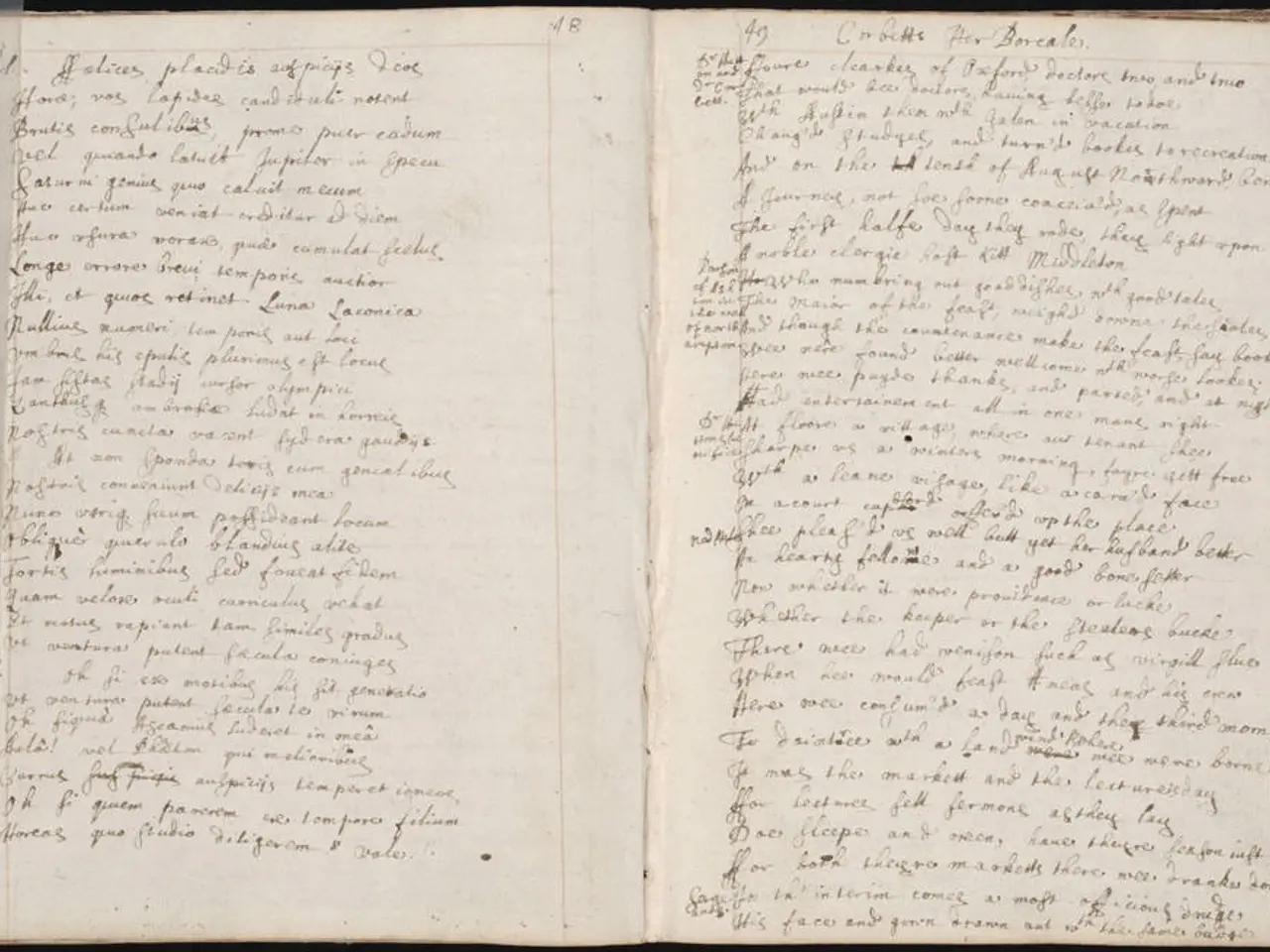Swift Techniques for Crafting an Outstanding Portfolio Manuscript in a Hurry
A portfolio reflection essay is an opportunity to showcase your growth as a writer or artist, and to evaluate and examine your works. Here's a systematic approach to writing an effective portfolio reflection essay:
1. Choosing Suitable Works for Your Portfolio
Select pieces that best demonstrate your development, skills, and range as a writer or creator. Choose works that reflect different strengths and show your growth over time. Consider variety in style, content, and purpose to give a comprehensive view of your abilities. Ensure each chosen work aligns with the theme or concept you plan to discuss in your essay.
2. Introducing Yourself
Begin with an engaging introduction that offers a quick overview of who you are and the essay's focus. Use a compelling hook and provide background information relevant to your writing or creative journey. State the purpose or general concept of your portfolio essay clearly upfront to guide readers.
3. Describing the Chosen Works
Write about each selected piece, explaining how it fits into your development. Address what skills or insights the work demonstrates—such as analysis, style, or a turning point in your growth. Include specific observations about each work’s strengths, weaknesses, and what you learned from creating it.
4. Establishing the Essay’s General Concept
Develop a clear overarching theme or argument about your progression as a writer or artist. This can be a narrative of improvement, experimentation, or mastery of certain skills. Use the works as evidence to support your theme, linking each back to this general concept in a coherent way.
5. Addressing Observations and Comments
Reflect on feedback you received on your works and how it influenced your revisions or learning. Consider discussing your personal insights on what you found challenging or rewarding. This reflective aspect helps readers understand your self-awareness and growth process.
6. Proofreading the Essay
After writing, read your essay multiple times focusing on clarity, coherence, and flow. Use grammar and spell-checking tools, but also review manually for tone and style. Ensure proper transitions between sections, logical progression of ideas, and avoid redundancy. Ask peers or mentors for feedback to catch overlooked errors and improve readability.
Additional Practical Tips
- Keep the reflective essay roughly 500-1000 words (2-3 pages), double-spaced in readable font size (12-point).
- Title the essay relevantly (optional but recommended).
- Maintain a consistent voice and focus on connecting your works to the essay's central narrative.
By following these steps, your portfolio reflection essay will effectively showcase your selected works and your development in a clear, reflective, and polished manner. Enjoy the process of writing the essay and not viewing it as a chore.
For additional assistance, consider using professional essay writing services such as CustomWritings.com, which can help you select the best works for an essay and compile them to form a high-quality portfolio.
In the context of a portfolio reflection essay for coding education-and-self-development, select coding projects that best demonstrate your growth as a programmer, showcasing your development of skills, range, and progress over time. Make sure to explain the skills or insights each project highlights, such as problem-solving, programming languages, or improvements in techniques.
When introducing your coding portfolio essay, create an engaging introduction that provides an overview of your background in coding, including relevant personal experiences or events that have shaped your coding journey. Clearly state the purpose or general concept of your essay upfront, such as focusing on a particular coding language or highlighting the projects that showcase a specific skill or problem-solving methodology.




